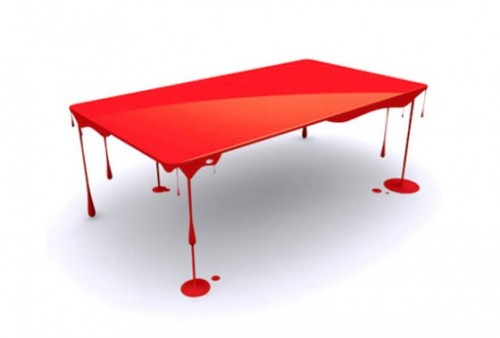The planet blue on the sun road
This is the title of an acoustic show that Milton Nascimento performed at the Cultura Astistica Theater, in São Paulo in October 1991. Only three performances resulted in a CD under the same name, unfortunately too little known by the public and, today, off the shelves in Brazil (it can be found at amazon.com).
Milton always favored the interpretation of his own songs. Here, in contrast, he performs as an interpreter, singing and playing (guitar, piano and accordion) songs of other composers – only four out of the 11 songs in the CD were written by him. And in this surprise lies a huge enchantment.
Milton’s singing transcends all expectations. A musician with unique sensitivity and a clear voice, his interpretations are both passionate and exciting. With a firm identity on the essence of each song, he, through the filter of his emotion, reveals such essence in a surprising and overwhelming way. And in his voice, we listen to once familiar songs as if they were new songs.
Milton sings not only his voice – above all, he sings his soul. And every word sung by this soul touches our souls with rare delicacy. Milton has the exact measure of the pleasure every song can and must provide to people.
For a taste of it: Hello Goodbye (Lennon & McCartney)


